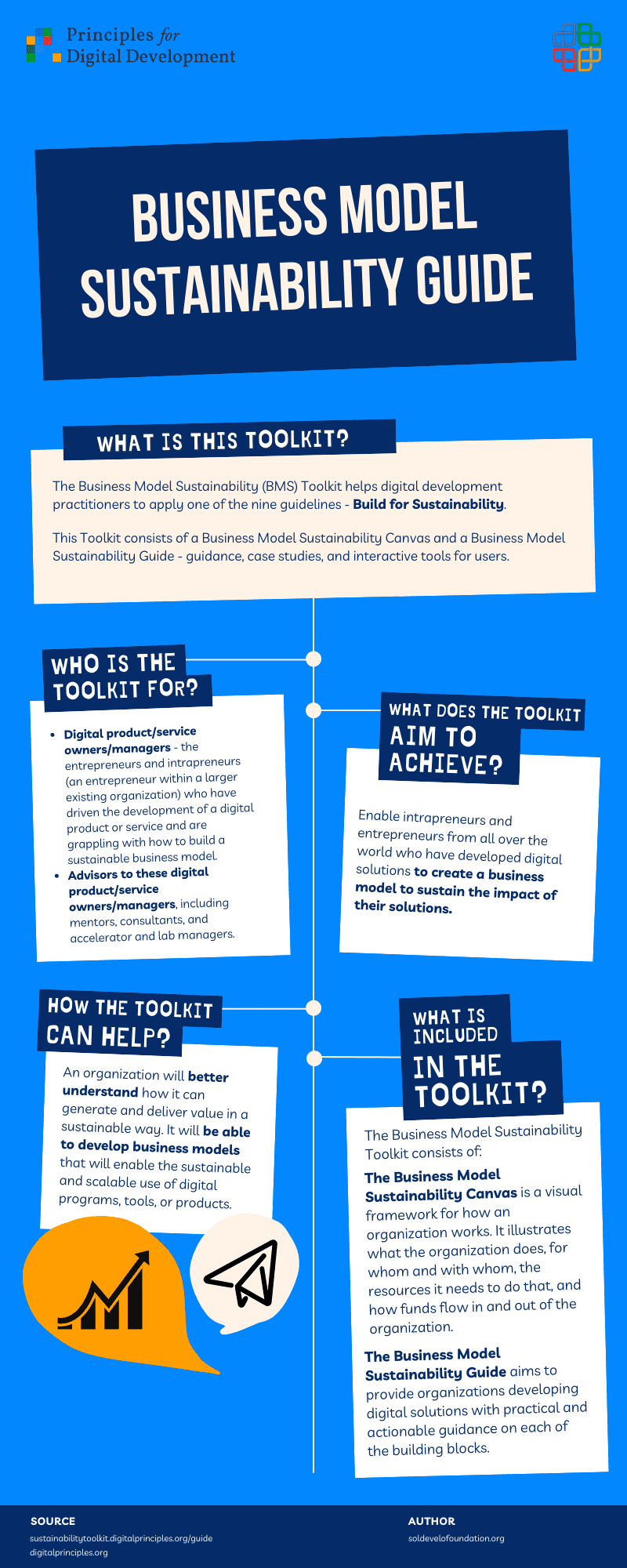Charting Your Course: Navigating the Digital Landscape
In today’s fast-paced and ever-changing world, businesses must adapt and evolve to stay competitive in the digital landscape. Charting your course through this dynamic environment is essential to creating a sustainable business model that can withstand the challenges of the digital age.
The digital landscape is vast and complex, with new technologies and trends emerging at a rapid pace. Navigating this terrain requires a strategic approach that takes into account the needs of your business, the expectations of your customers, and the opportunities presented by the digital landscape.
One of the key aspects of charting your course through the digital landscape is understanding the technology that drives it. From social media to artificial intelligence, businesses must stay ahead of the curve to leverage these tools effectively. By investing in the right technologies and staying abreast of the latest trends, you can position your business for success in the digital age.
Another important factor to consider when navigating the digital landscape is the customer experience. In a world where consumers have more choices than ever before, providing a seamless and personalized experience is crucial to building loyalty and driving sales. By leveraging data and analytics, businesses can gain valuable insights into customer behavior and preferences, allowing them to tailor their offerings to meet the needs of their target audience.

Image Source: soldevelofoundation.org
But charting your course through the digital landscape is not just about technology and customer experience – it also requires a clear understanding of your business goals and objectives. By setting clear and measurable goals, you can track your progress and make adjustments as needed to stay on course. Whether it’s increasing sales, expanding into new markets, or improving operational efficiency, having a clear roadmap will help you stay focused and on track.
In addition to setting goals, it’s also important to stay agile and adaptable in the digital landscape. With technology and consumer preferences constantly evolving, businesses must be willing to embrace change and pivot when necessary. By staying flexible and open to new ideas, you can position your business for long-term success in an ever-changing digital world.
Ultimately, charting your course through the digital landscape is about creating a sustainable business model that can withstand the challenges of the digital age. By understanding the technology, focusing on the customer experience, setting clear goals, and staying agile, businesses can navigate the digital landscape with confidence and build a strong foundation for future growth and success. So, buckle up and get ready to embark on an exciting journey through the digital landscape – the possibilities are endless!
Navigating the Digital Landscape: Creating a Sustainable Business Model
In today’s fast-paced and ever-changing digital landscape, it is crucial for businesses to adapt and evolve in order to stay competitive and relevant. One of the key components to achieving success in this environment is creating a sustainable business model that can withstand the challenges and uncertainties of the digital age. Building a bridge to success requires a strategic approach that focuses on long-term growth and stability.
The first step in creating a sustainable business model is to assess the current state of your business and identify areas that need improvement. This may involve conducting a thorough analysis of your market, competitors, and target audience to gain a better understanding of the opportunities and threats that exist. By identifying key trends and patterns in the industry, you can develop a strategic plan that will help you navigate the digital landscape and position your business for success.
Once you have a clear understanding of your business and the digital landscape in which it operates, the next step is to develop a solid foundation for your sustainable business model. This may involve defining your core values, mission, and objectives, as well as establishing key performance indicators to measure your progress and success. By aligning your business goals with your values and objectives, you can create a strong and sustainable foundation that will guide your decision-making and actions.
Building a bridge to success also requires a focus on innovation and creativity. In the digital age, businesses must be agile and adaptable in order to thrive. This may involve investing in new technologies, developing new products or services, or exploring new markets and opportunities. By staying ahead of the curve and embracing change, you can position your business for long-term success and sustainability.
Another key component of creating a sustainable business model is building strong relationships with your customers and stakeholders. In the digital age, customer loyalty and engagement are more important than ever. By listening to your customers, responding to their feedback, and providing value-added services, you can build a loyal customer base that will support your business through thick and thin.
In addition to building strong relationships with your customers, it is also important to cultivate partnerships with other businesses and organizations. By collaborating with like-minded companies and sharing resources and knowledge, you can create synergies that benefit all parties involved. This may involve forming strategic alliances, joint ventures, or partnerships that can help you reach new markets, expand your reach, and drive growth and innovation.
Creating a sustainable business model also requires a focus on sustainability and social responsibility. In the digital age, consumers are increasingly conscious of the impact that businesses have on the environment and society. By adopting sustainable practices, reducing your carbon footprint, and supporting social causes, you can build a positive reputation and attract customers who share your values.
In conclusion, building a bridge to success and creating a sustainable business model in the digital landscape requires a strategic approach that focuses on long-term growth, innovation, relationships, and sustainability. By taking a proactive and creative approach to navigating the digital landscape, businesses can position themselves for success and thrive in the ever-changing digital age.
Building a Sustainable Business Model in the Digital Age